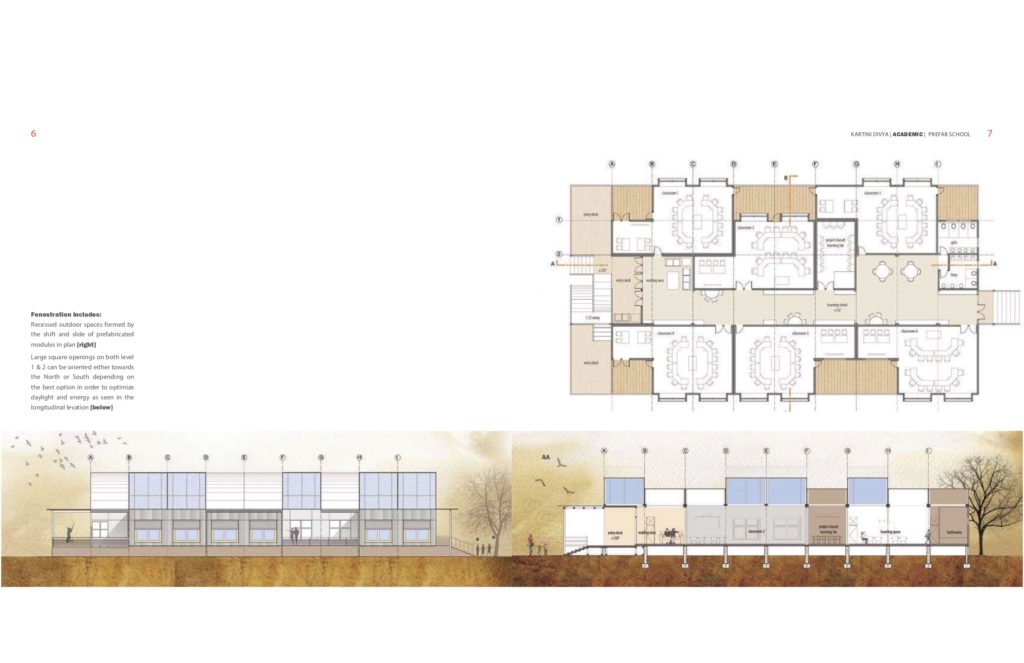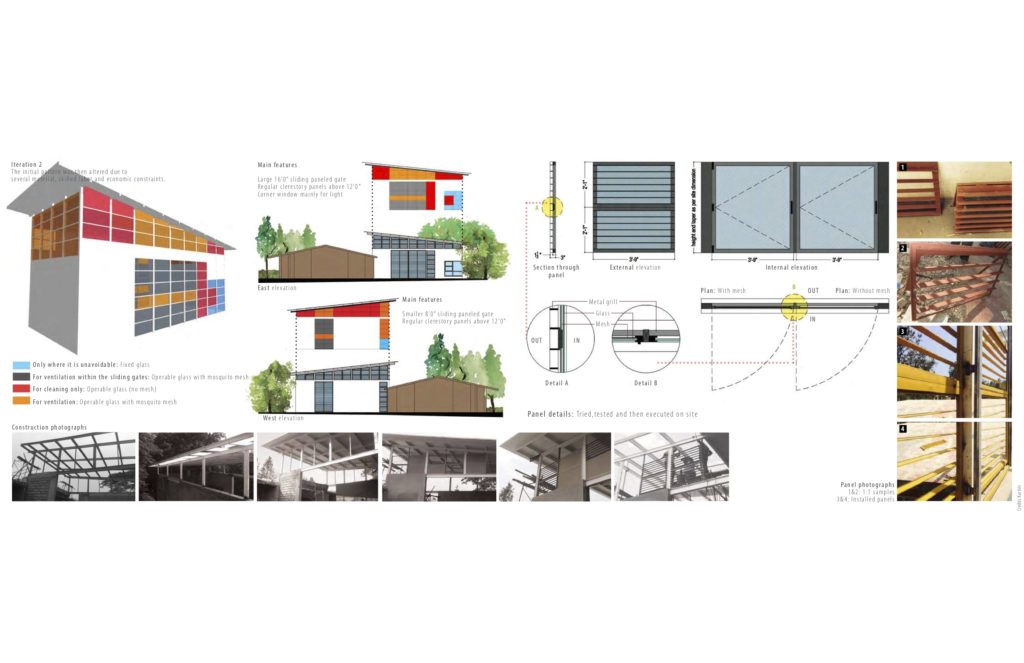INTERNATIONAL EXPERIENCES IN ARCHITECTURAL EDUCATION
Today’s guest essay is by Kartini Divya; she is originally from India and now practices architecture in Philadelphia, PA. She graduated with Master of Architecture from North Carolina State University.
“Mom & dad, I want to study abroad. Through international higher education and meeting people of other cultures, it might help me gain a unique world-view.” This is what I told my parents in 2014 and after a whole year of preparation, I moved to the United States six years ago. It has been an arduous yet beautiful journey and my perspective on life has certainly changed, for the better.
My intent is to share thoughts and experience in pedagogical or lifestyle differences. It is also hoped that it will benefit international and American architecture students alike, to better acknowledge these differences and prepare ahead.
If you are an international student planning to study architecture in the United States, you would do well to plan for licensure if you want to live here long-term. Always keep an open mind, attend campus events, networking clubs and mingle with people from other cultures/ethnicities without judgement.
Based on current NCARB numbers, there are ~38,000 candidates, ~21,000 AXP supervisors and ~116,000 NCARB record holders. In a recent NCARB virtual lecture, I was one of the 70 participants. Of the seventy, 22 were from the EU, 15 from Canada/Mexico/South America, 15 Asian, 10 from the United States and 2 each in four other continents across the globe. The future of the architectural profession in the United States will include more international students and other crosscurrents. The education system of America is sound; international students must learn to think independently and succinctly. India’s education system focuses a lot more on theory and matter rather than direct application through analysis or evaluation.
Materials of construction
In terms of materials in the Indian context, much more concrete is utilized, while brick is often used in load-bearing walls instead of as a veneer. CMU blocks are even built as an entire exterior wall, no insulation and has nothing but paint and plaster on it. A simple wall section, to say the least!
My grandmother’s house, built in 1963, has 24” thick brick walls that are load-bearing. In the year 2000, my parents were able to build an entire addition on top of this house.
When I began my graduate studies, the concept of insulation to me was mind-boggling and took long to learn. One cannot imagine construction in the North American context without building insulation across the seven climate zones. If you are planning to study abroad in the U.S., you might benefit from familiarizing yourself with climatic zones and the basic concept of building insulation before coming here.
The importance of presentation
In India, we would spend almost an entire semester trying to get our designs to “work” and in the last few weeks scramble to put together our presentations. Even final reviews were critiqued more on design workability rather than presentation, which in my opinion is good.
Here, the process is reversed and there is a lot of importance given to overall presentation and graphics, which is also good because we are all visual people after all. Below are two pages from my portfolio, made at different points in time. The first is a proposed School for Wake County in North Carolina, and the second is a built residence I worked on in India. The difference in presentation is apparent.”


If you are planning to study abroad in the U.S., spend a lot less time on the design (you’re expected to know how to do this at the graduate level) and focus most of your efforts on presentation and models. Use less white space, meaningful renders, money shots, neat and clean models, less content. If you cannot remember all this, just remember “Keep it Simple” and as Mies Van Der Rohe says, “Less is more”. The real challenge is editing down all the fluff to only what is necessary; let go and be loose. And over time, it is also important to make sure your speech does the same.
Materials for models
In India, the only material students used was paper and cardboard. Our undergraduate campus had a small stationery store about 10’ x 20’ wide that catered to all our model-making needs. If I ever wanted to add something “special” to my model (at the most a thicker cardboard or shiny paper), I would have to go out of my way to buy it. All architecture models were generally made from paper, and there was only one time that we used light-weight Balsam wood.
When I studied abroad, the use of either wood or metal with tiny scale sized beams and the use of a laser cutter for most architecture models was mind-blowing. I once had to take a bus by myself to buy a large piece of heavy wood from a lumber company several miles away. I needed the wood for the foundation of my model, and it felt like a lot more effort than normal.
In hindsight, I could have asked someone for a ride instead — so I encourage future international students to ask for help from your American classmates. You will always learn something new from them. Avoid sticking to your native counterparts only, though it is excellent if architecture schools have an organization for internationals from whom to seek advice. Also, take professional photographs of the finished model so you can use them in a professional portfolio.
Metric vs imperial
I grew up with millimeters and meters for architecture, kilometers for marathons, celsius for weather, kilograms for weight and liters for water! In India we usually used 1:500 for site plans, 1:100 for floor plans, 1:50 for blow-up plans and 1:20 for details. Suddenly, I had to unlearn all of that and use a ⅛” scale or ¾” scale for drawings in my graduate program. At first, I was like what does that even mean? Then I found a triangular scale and learned how to use it. I still need a refresher now and then. The upside? I can think in either metric or imperial depending on what the situation calls for.
If you are planning to study abroad in the United States, you might benefit from familiarizing yourself with basic imperial measurements. American counterparts could do well to also familiarize with millimeters in construction (they are far more accurate for shop drawings) and perhaps also recognize the fact that most countries use metric systems of measurement.
Now we move beyond pedagogy, onto a cultural viewpoint. International students could try and understand the civic history and politics of the country they intend to move. This knowledge might help you integrate yourself into society and engage in conversation. Nothing is static. We are all influenced by each other, maybe in nameless ways.
Advice for Americans
Americans, I urge you to talk to international students in your cohort. They are in a new place, and you are in a familiar one, so as an earthling this yields in helpful cultural exchange. It boils down to a bit of give and take between Americans and any non-American. Your Indonesian classmate might just be your coworker someday. And for the latter, your American classmate might just become a friend for life.
Feel free to reach out on linkedin.com/in/kartinidivya for questions or advice on various US/EU/IND academic or professional experiences. Whatever you study, best wishes on your educational journey!
Kartini Divya
Thanks Kartini for your valuable insight!
